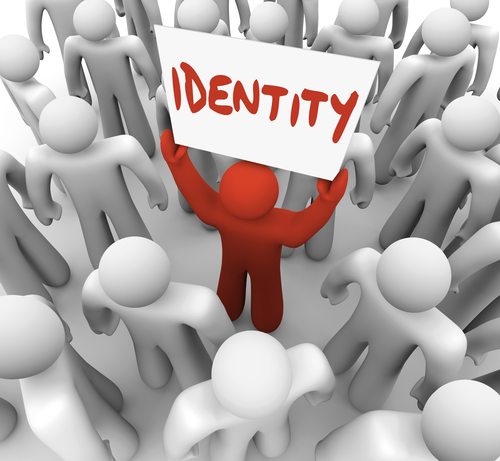 What’s with all the hype over hyperlocal marketing? It’s nothing new to small businesses. Don’t you perform hyperlocal marketing every time you attend or sponsor a community event?
What’s with all the hype over hyperlocal marketing? It’s nothing new to small businesses. Don’t you perform hyperlocal marketing every time you attend or sponsor a community event?
This old-fashioned component to hyperlocal marketing, dating back to the first shop that opened its doors to Main Street, continues to be very valuable. But there’s a lot more to it in our Internet Age of WiFi and GPS.
The term hyperlocal made its debut back in 1991 in a Washington Post article about local television news. Today, hyperlocal is the term being used to describe digital marketing targeting a specific geographic area. It can be focused on a town or a county, although that’s a large area. Hyperlocal marketing often targets a segment of the population that’s more defined, such as shoppers in a mall or consumers anywhere within a mile from your place of business.
There are a variety of ways to employ hyperlocal marketing, such as using news items, the weather, or apps. The most common application is – you guessed it – mobile phones. The built-in GPS and WiFi allows companies to connect with customers based on their particular neighborhood, zip code, or shopping location.
Thanks to Google and the search function, local online directories, and social media, this ability to connect is at an all-time high. Our digital world gives companies without big name recognition the opportunity to be found at a local level like never before.
So even though it’s a new buzzword for an old idea, hyperlocal marketing is here for the long haul. Here are a few things to be sure you’re doing with hyperlocal marketing as a small business.
Claim Your Local Business Page
By signing up with Google My Business, your business gets on Google Maps and your local search rankings increase. Customers can easily find your location as well as your business hours, updates, and reviews.
Make sure your business name, address, and phone number match what you have on your website. If you have more than one location, each business should have its own listing.
Optimize for “Near Me” Searches
Google said that ”near me” searches doubled in 2015, indicating that this is a trend that’s not leaving anytime soon. With “near me” searches, Google’s algorithm increases how important distance is from the searcher’s location.
To help optimize for this, make sure your business name, address, and phone number are prominently and frequently displayed on your website. Get someone who’s tech-savvy to provide local business information to Google by doing a structured data markup for your site.
Respond To Any Negative Reviews
Google and Yelp, the two top consumer review platforms, give businesses the option to respond to customer reviews. Your attention to consumer comments can be a great way to demonstrate your excellent customer service.
Anytime your business site is mentioned in reviews online, it’s counted by ranking algorithms used by search engines. Getting a lot of positive reviews is helpful with your local map rankings, so aim high.
Mobile-Friendly Location Pages
Mobile marketing is an important focus as mobile use continues to grow — with 62 percent of digital media time spent on mobile, the next frontier in digital marketing is here. It’s important to have a mobile-friendly website, and in particular, mobile-friendly location pages.
Avoid giving users a frustrating experience when they try to get to your location. Because these pages are often the most viewed, and more than half of all web activity is on mobile devices, it’s critical to get your site’s location pages optimized for mobile.
Like so many old ideas in marketing, hyperlocal marketing has been reinvented with new dynamics. Get your hyperlocal on and into your marketing plan.







 Dispel the old image of manufacturing as “dirty, dumb, dangerous, and disappearing.” Show how work environments and skills have changed to incorporate highly advanced machines and processes requiring computer-savvy workers with multiple talents.
Dispel the old image of manufacturing as “dirty, dumb, dangerous, and disappearing.” Show how work environments and skills have changed to incorporate highly advanced machines and processes requiring computer-savvy workers with multiple talents.
